Europe is a treasure trove of culture, architecture, and tales as old as time. From Roman amphitheaters and medieval castles to Renaissance squares and World War battlegrounds, the continent is a living museum. Whether you’re a history buff or a casual traveler, these historic places in Europe are guaranteed to take you on a journey through centuries of art, war, royalty, and revolution. So, without any further waste of time, let’s have a look at the remarkable historic landmarks by AK Travels.
10 Must-Visit Historic Places In Europe:
1. The Colosseum – Rome, Italy
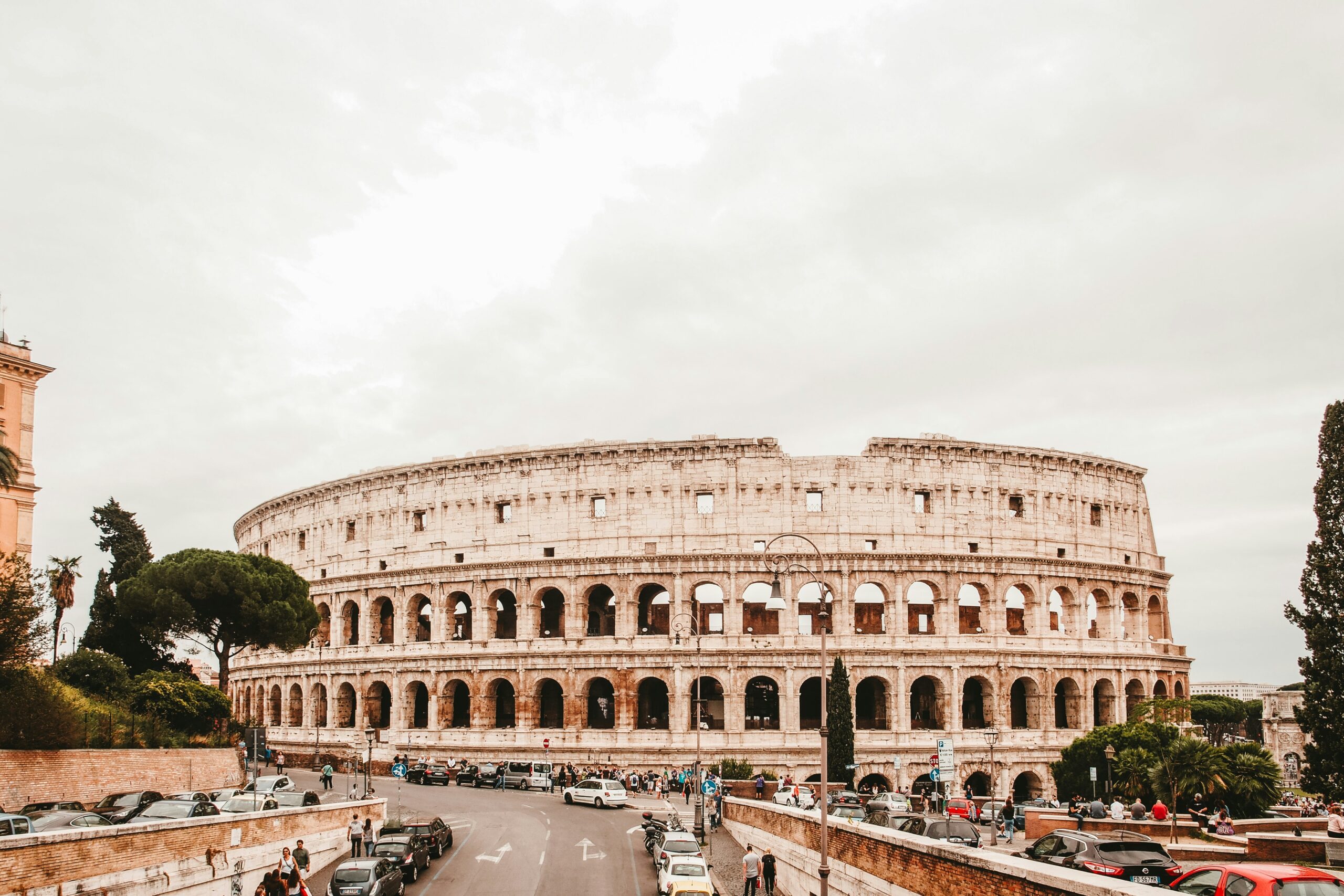
Arguably the most iconic ancient monument in the world, the Colosseum is a symbol of Roman power and architectural genius. Built in 70 AD, it was the largest amphitheater ever constructed and could hold over 50,000 spectators who came to witness gladiator battles, public spectacles, and even mock sea battles.
Why visit: Feel the grandeur of ancient Rome and imagine life in the empire’s golden days.
Tip: Visit early in the morning or book a guided night tour for fewer crowds.
2. Neuschwanstein Castle – Bavaria, Germany
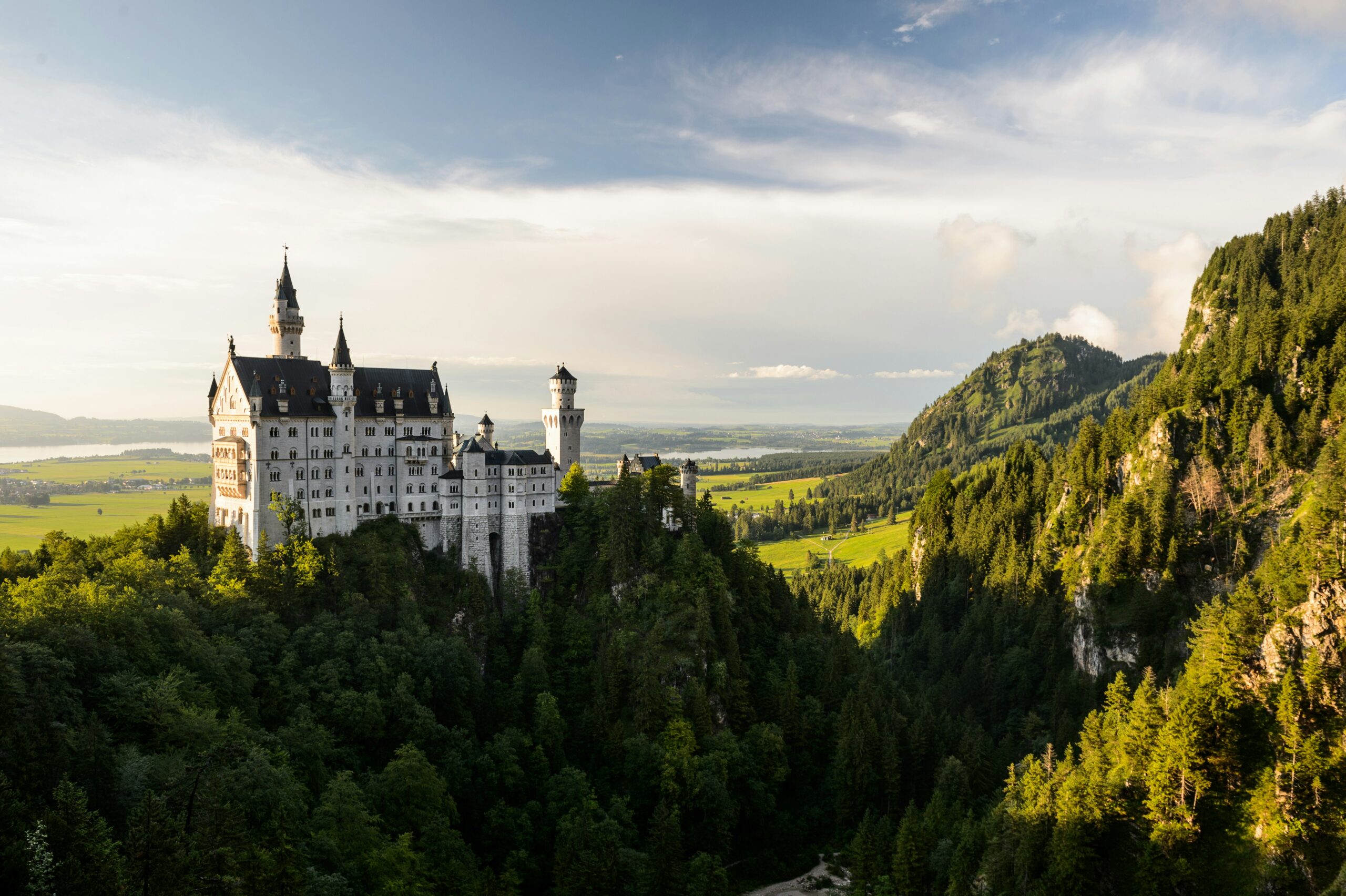
Straight out of a fairy tale, Neuschwanstein Castle is nestled in the Bavarian Alps and is said to have inspired Disney’s Sleeping Beauty Castle. Built in the 19th century by King Ludwig II, this neo-Romanesque palace is a blend of romance, legend, and tragedy.
Why it’s historic: A symbol of German nationalism and royal eccentricity, it also reflects the architectural transition of the time.
Perfect for: Castle lovers, photographers, and romantics.
3. Mont-Saint-Michel – Normandy, France
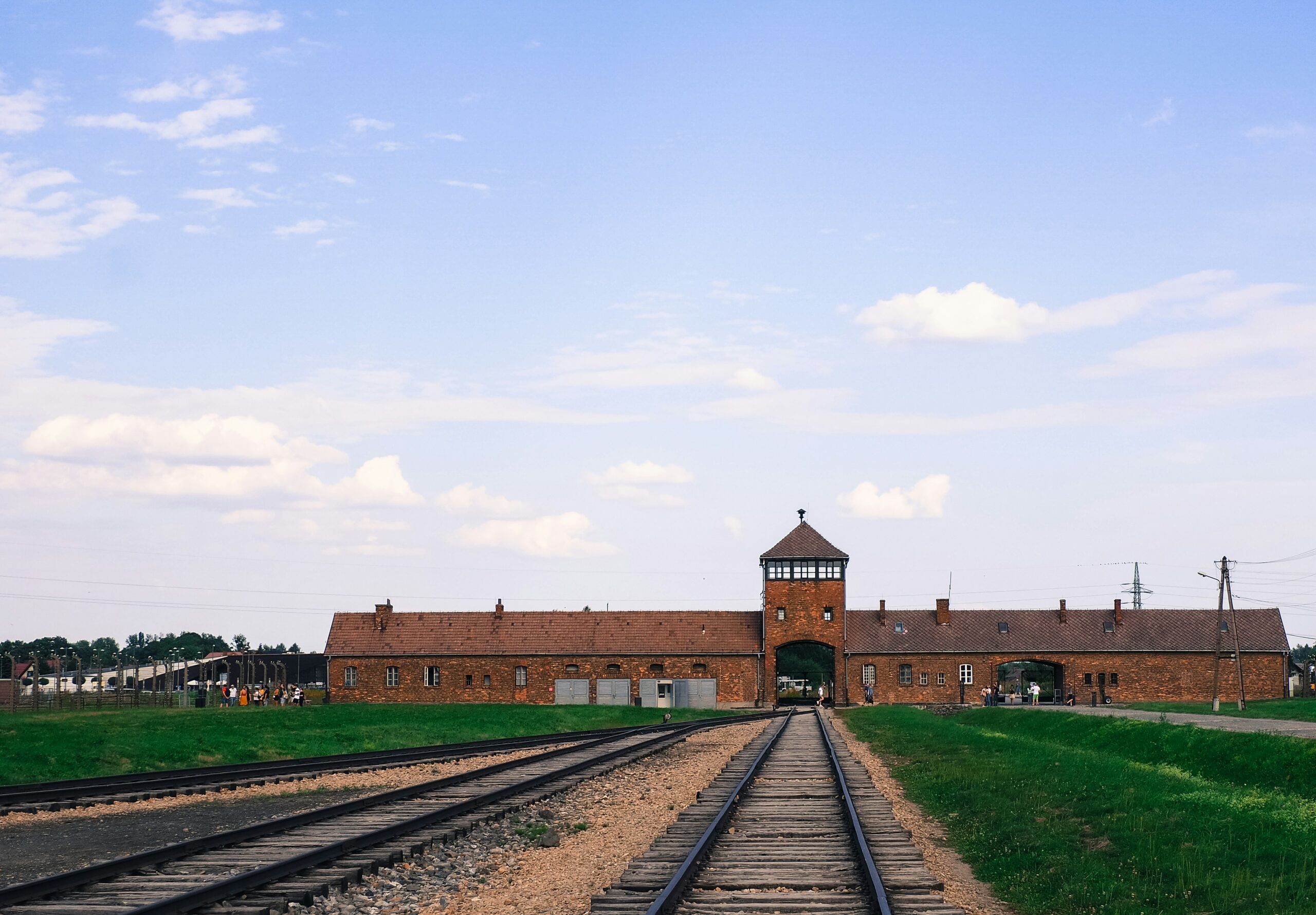
Rising from the tidal waters off the coast of Normandy, Mont-Saint-Michel is one of the most magical historic places in Europe. This Gothic-style Benedictine abbey was built between the 11th and 16th centuries and has served as a pilgrimage site, fortress, and prison.
What’s special: The island becomes inaccessible during high tide, creating a surreal, floating effect.
Must do: Climb to the top for panoramic views and explore the medieval village streets below.
4. Wiltshire, England
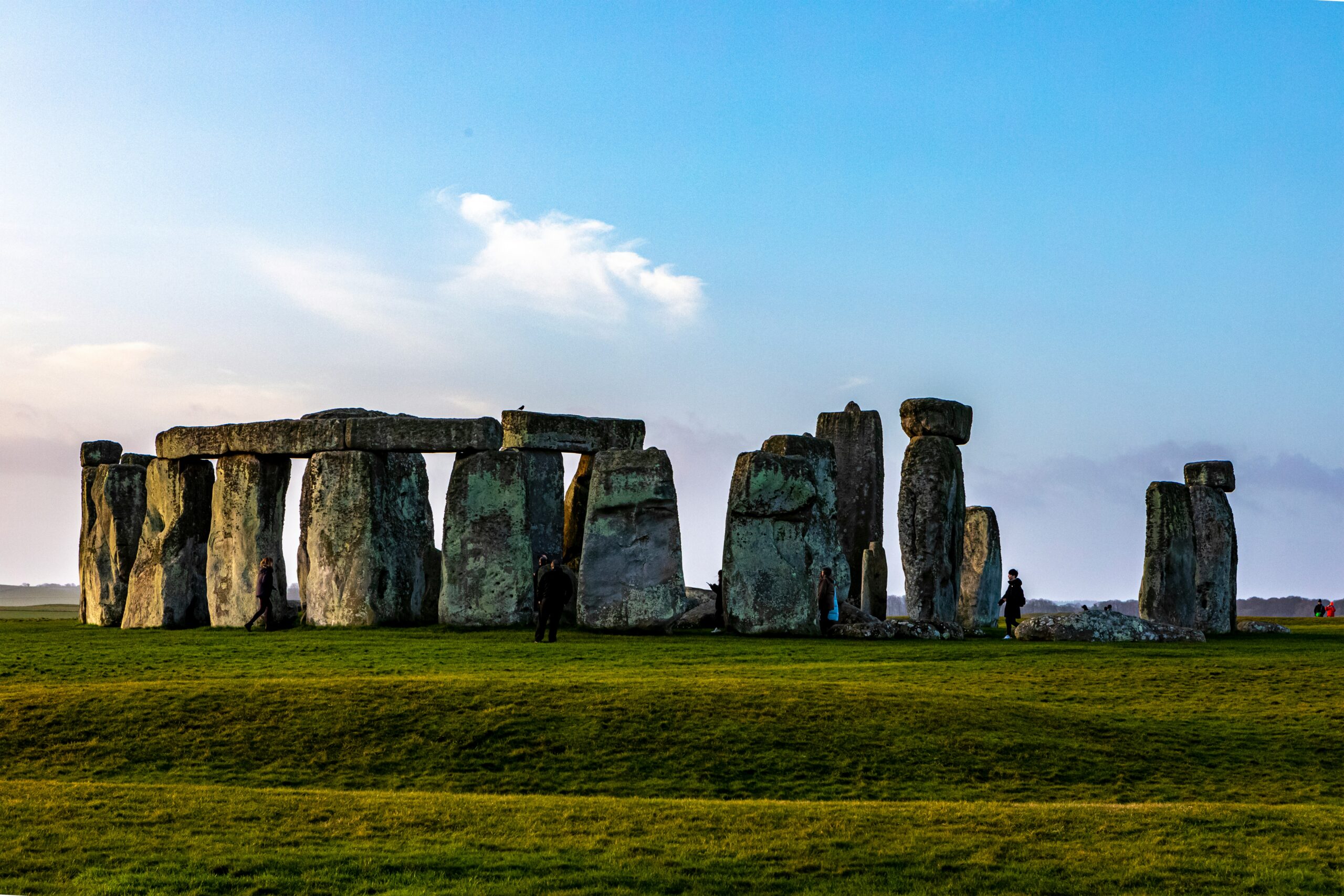
A UNESCO World Heritage Site and one of the world’s most mysterious landmarks, Stonehenge dates back over 4,000 years. The purpose of this prehistoric monument remains unknown—some believe it was an ancient burial ground, others a solar calendar.
Why it’s fascinating: Its construction using stones weighing up to 25 tons, brought from miles away, continues to baffle historians and scientists.
Top tip: Book tickets in advance and opt for a sunset or sunrise tour.
5. Old Town Square – Prague, Czech Republic
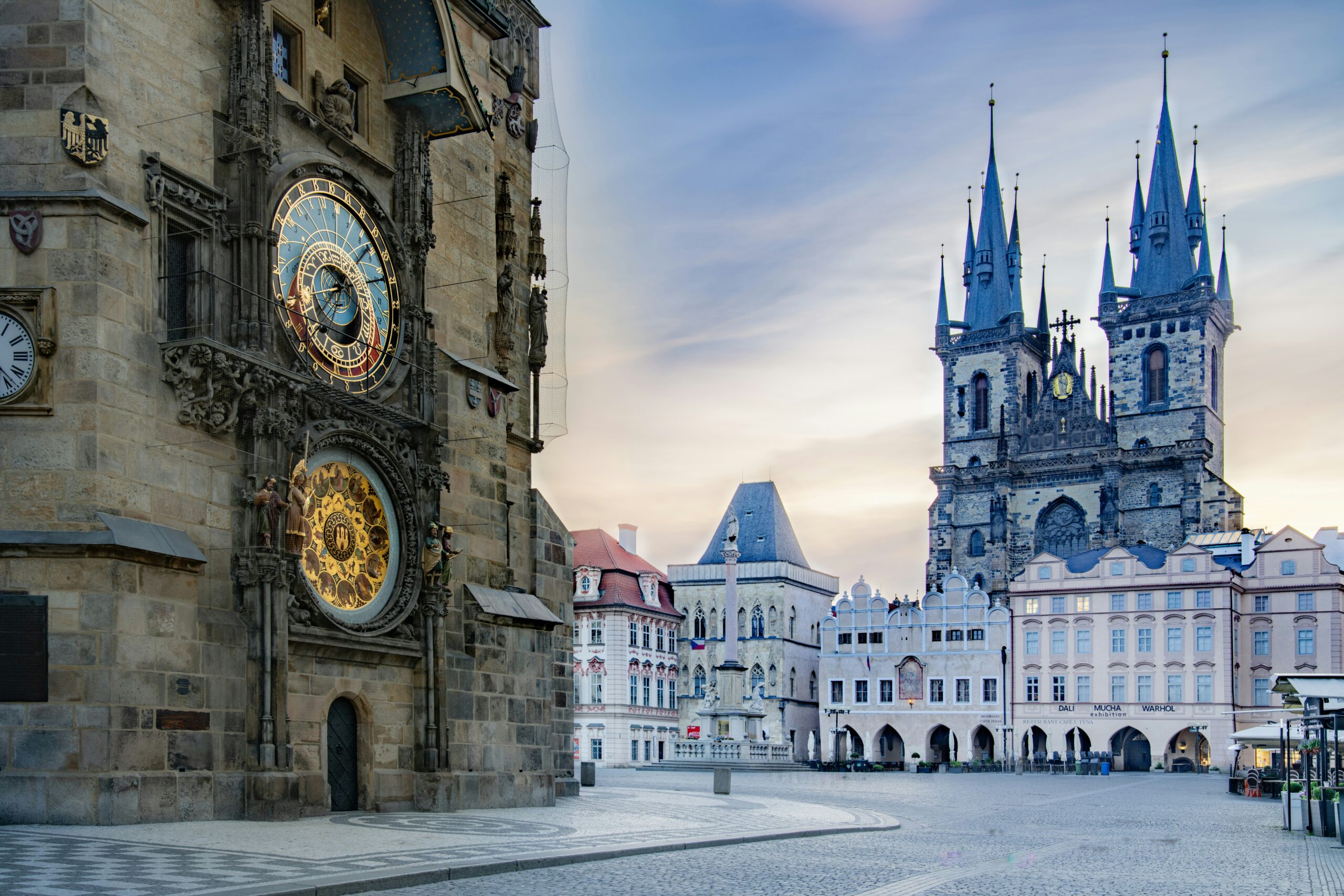
Prague’s Old Town Square is a beautifully preserved medieval city center surrounded by Gothic, Renaissance, and Baroque architecture. At its heart is the Astronomical Clock, dating back to 1410—still working today!
Why it’s one of the best historic places in Europe: The square has witnessed royal processions, battles, and revolutions.
Don’t miss: The hourly “Walk of the Apostles” from the Astronomical Clock.
6. The Acropolis – Athens, Greece
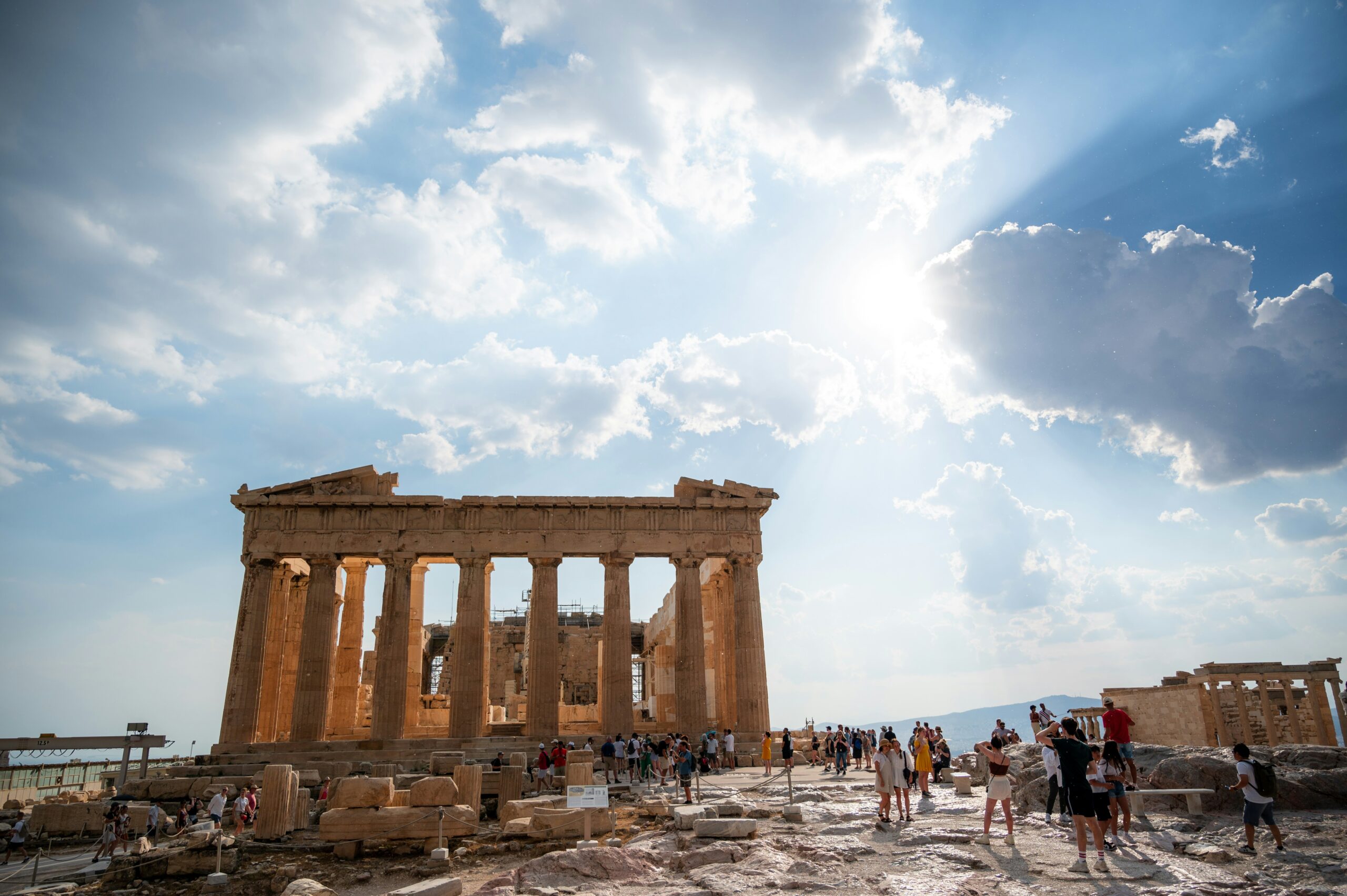
No list of historic places in Europe is complete without the Acropolis, the ancient citadel that towers above Athens. Home to the Parthenon, the Erechtheion, and the Temple of Athena Nike, it represents the height of ancient Greek art and philosophy.
Significance: A symbol of democracy and Western civilization, the Acropolis offers unmatched historical depth.
Tip: Visit during early hours to avoid heat and crowds, and combine with the Acropolis Museum.
7. Normandy Beaches – France
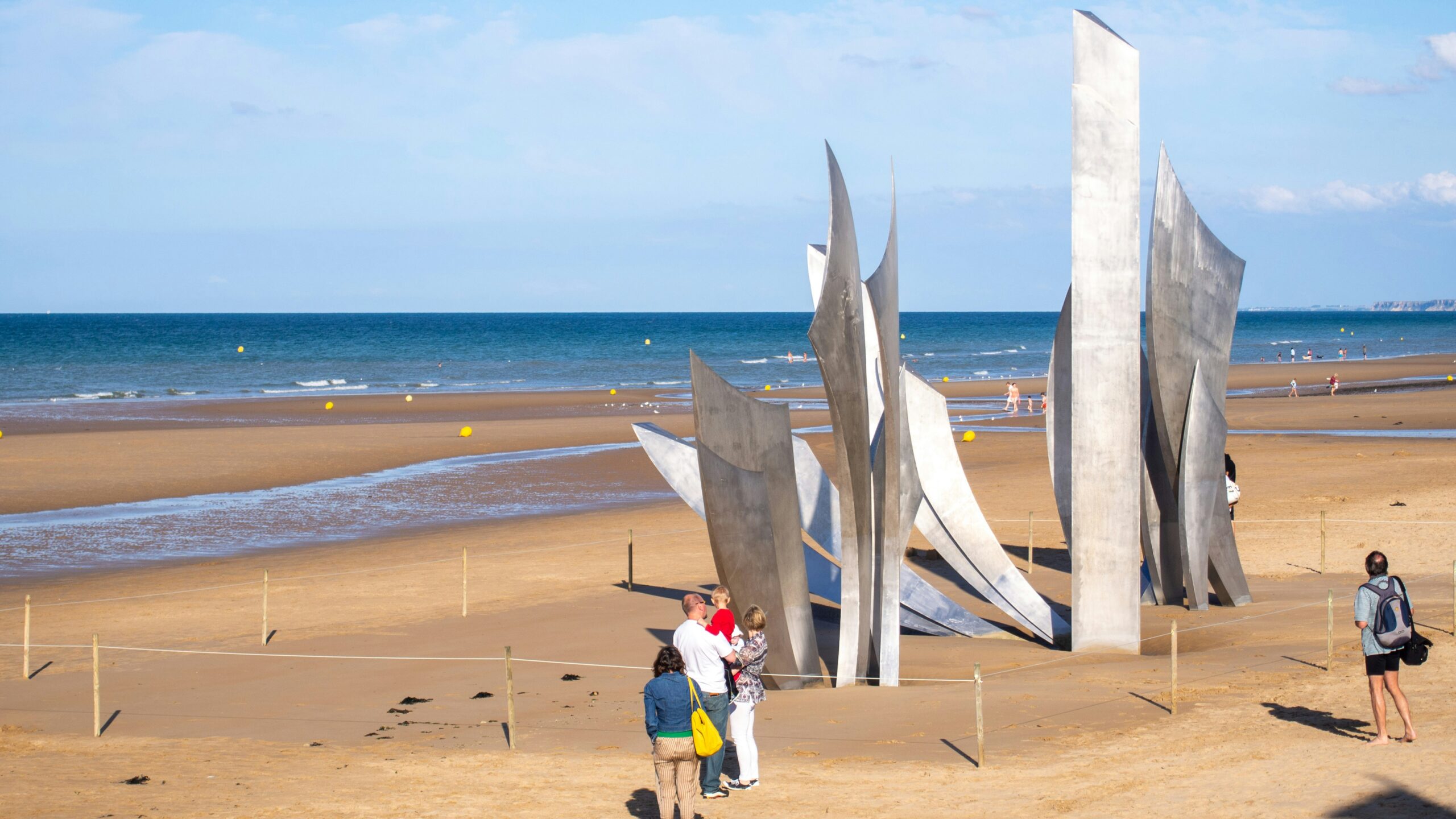
The Normandy Beaches, particularly Omaha and Utah, were key landing sites during the D-Day invasion of World War II in 1944. Today, they stand as moving memorials to the sacrifices of Allied soldiers.
Why go: To reflect, learn, and honor history on one of the most important battlegrounds of the 20th century.
What to see: Normandy American Cemetery, Pointe du Hoc, and the D-Day Museum.
8. Alhambra – Granada, Spain
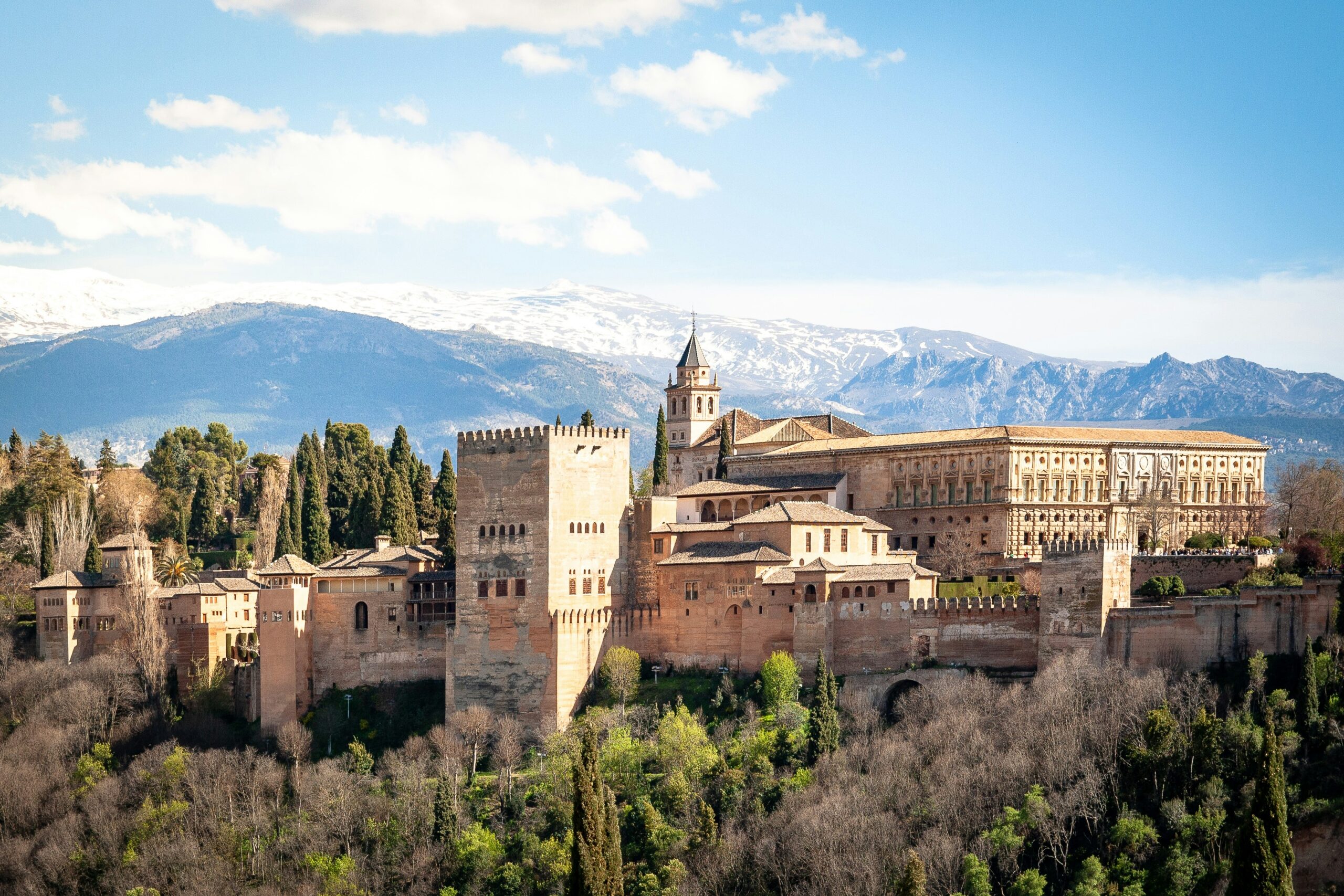
A masterpiece of Islamic architecture in Europe, the Alhambra was built during the Nasrid Dynasty in the 13th century. This palace and fortress complex sits on a hilltop overlooking Granada and is renowned for its intricate tile work, courtyards, and gardens.
What makes it special: A blend of Islamic, Christian, and Jewish cultural influences.
Plan ahead: Tickets often sell out weeks in advance, so book early!
9. Edinburgh Castle – Scotland
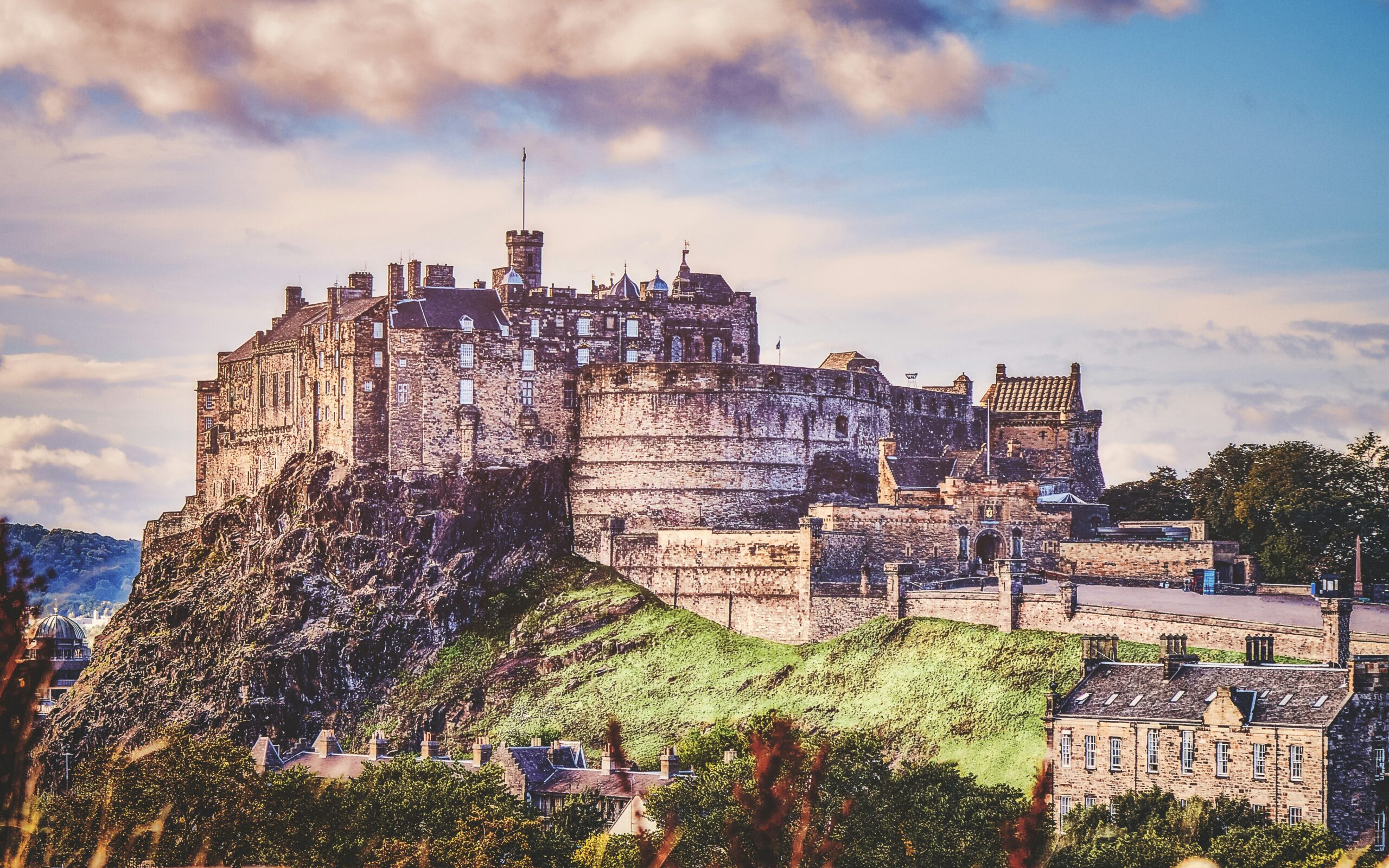
Towering over Scotland’s capital, Edinburgh Castle has stood guard since at least the 12th century. Once a royal residence, it has played a key role in wars of independence, sieges, and royal ceremonies.
Why it’s historic: It houses the Scottish Crown Jewels and the Stone of Destiny.
When to go: During the Edinburgh Festival in August for a mix of culture and history.
10. Auschwitz-Birkenau – Poland
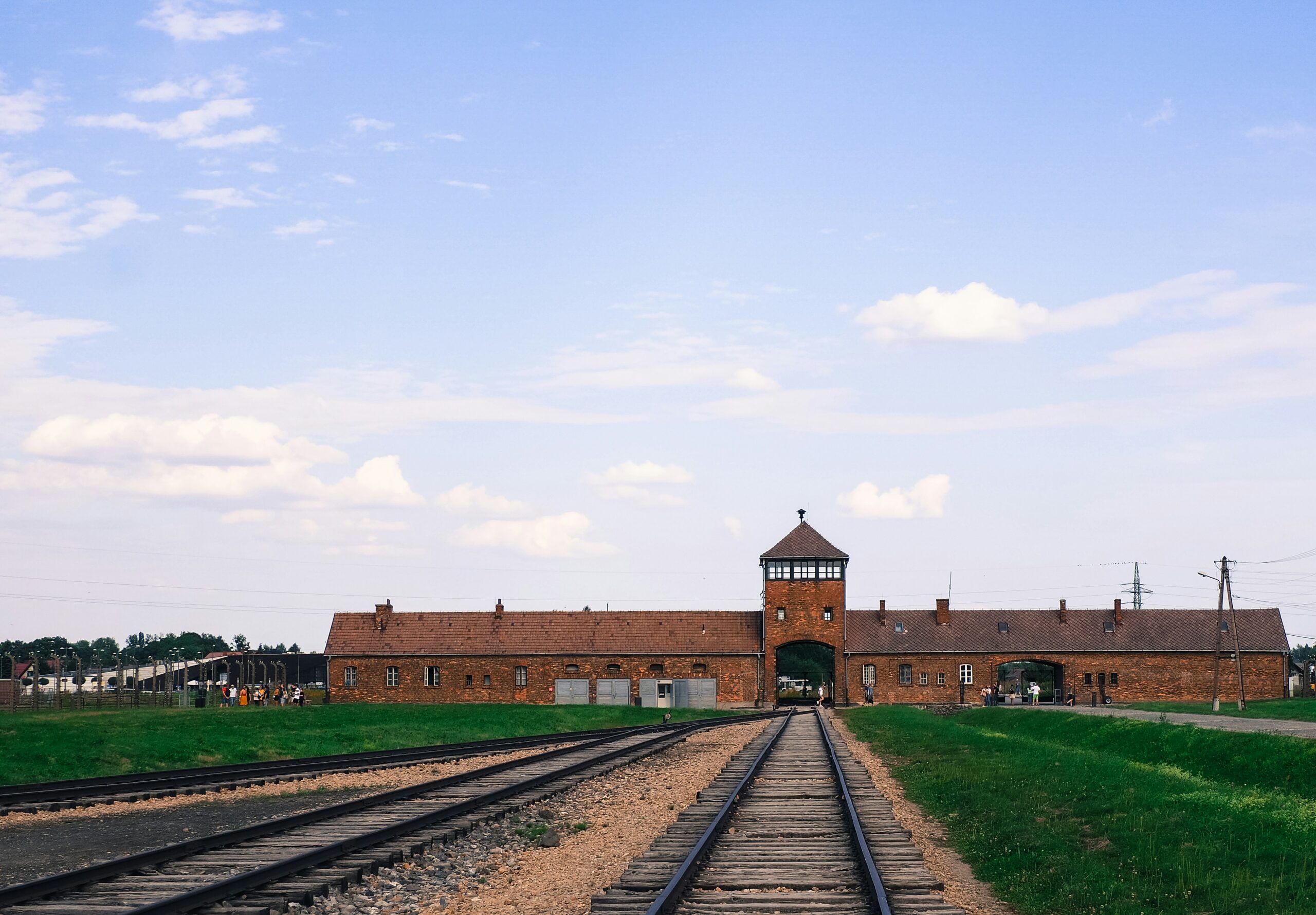
A deeply emotional site, Auschwitz-Birkenau stands as a memorial and museum to the over one million people who lost their lives in this Nazi concentration and extermination camp during World War II.
Importance: It’s one of the most sobering historic places in Europe and can be called as a reminder of the horrors of war and the importance of remembrance.
What to expect: Guided tours are recommended to fully grasp the historical context.
Final Thoughts: Exploring Europe’s Rich History
From ancient ruins and medieval marvels to more recent wartime landmarks, historic places in Europe offer insight into humanity’s greatest achievements—and darkest moments. Whether you’re wandering through the ruins of ancient Greece or standing in silent remembrance at Normandy, each location adds a unique chapter to your travel story.
So, the next time you’re planning your European adventure, go beyond the scenic routes and modern cities. Let history be your guide.